A Spanish scientist is making a bid to bring the periodic table to life as a Lego playset, in a proposal submitted on the company’s website.

While chemistry’s talisman has been represented in brick form before, Enrique Barrajon, a former oncologist in Alicante, Spain, noticed Lego didn’t have an official version, and set about building his own. His scheme, which is based on Heinrich Baumhauer’s 3D design from 1870, creates a spiralling tower that maintains periodicity, with each group of elements lining up vertically, while progressing in atomic number from top to bottom.
The plan, which includes 237 bricks and features the elements colour-coded according to their classification, is currently available for the public to support as part of Lego Ideas. If it garners enough votes, Lego will decide whether to make it part of their official range and available to buy as a playset. Previous science-based ideas that have already made the cut include the ‘Research Institute’ set, which features a chemist, astronomer and palaeontologist.
Barrajón’s design joins some of the more creative takes on the periodic table, including the world’s largest at Edith Cowen University, Australia, the world’s smallest at the University of Nottingham, UK, and another spiral table made of silver, gold and a diamond at the University of Cambridge’s St Catherine’s College, UK.
‘I was always interested in science, but now I have enough time for games,’ says Barrajón. ‘I hope Lego chooses the Periodic Tower of Elements as a set, and helps students of physics and chemistry see the connection between the periodic table and electron configuration.’


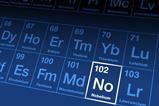
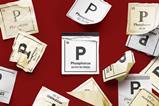
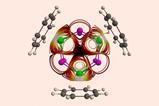



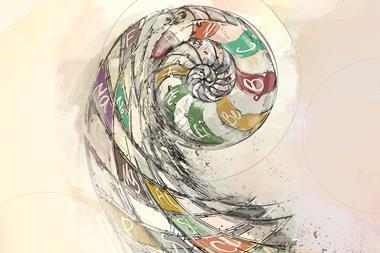

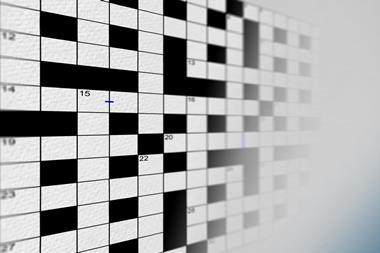
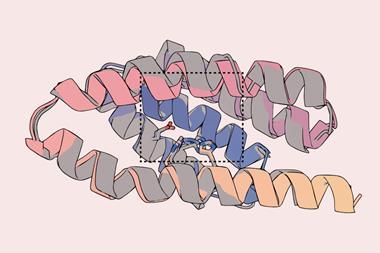

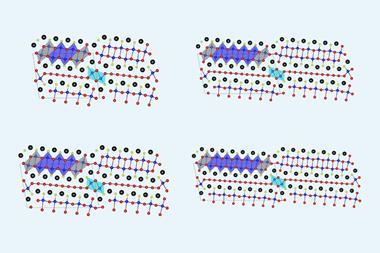
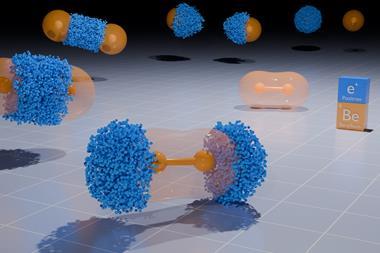

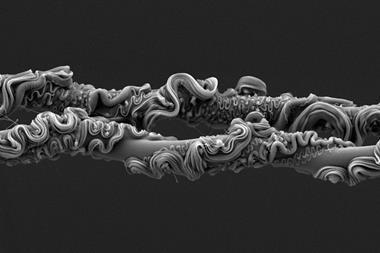
No comments yet